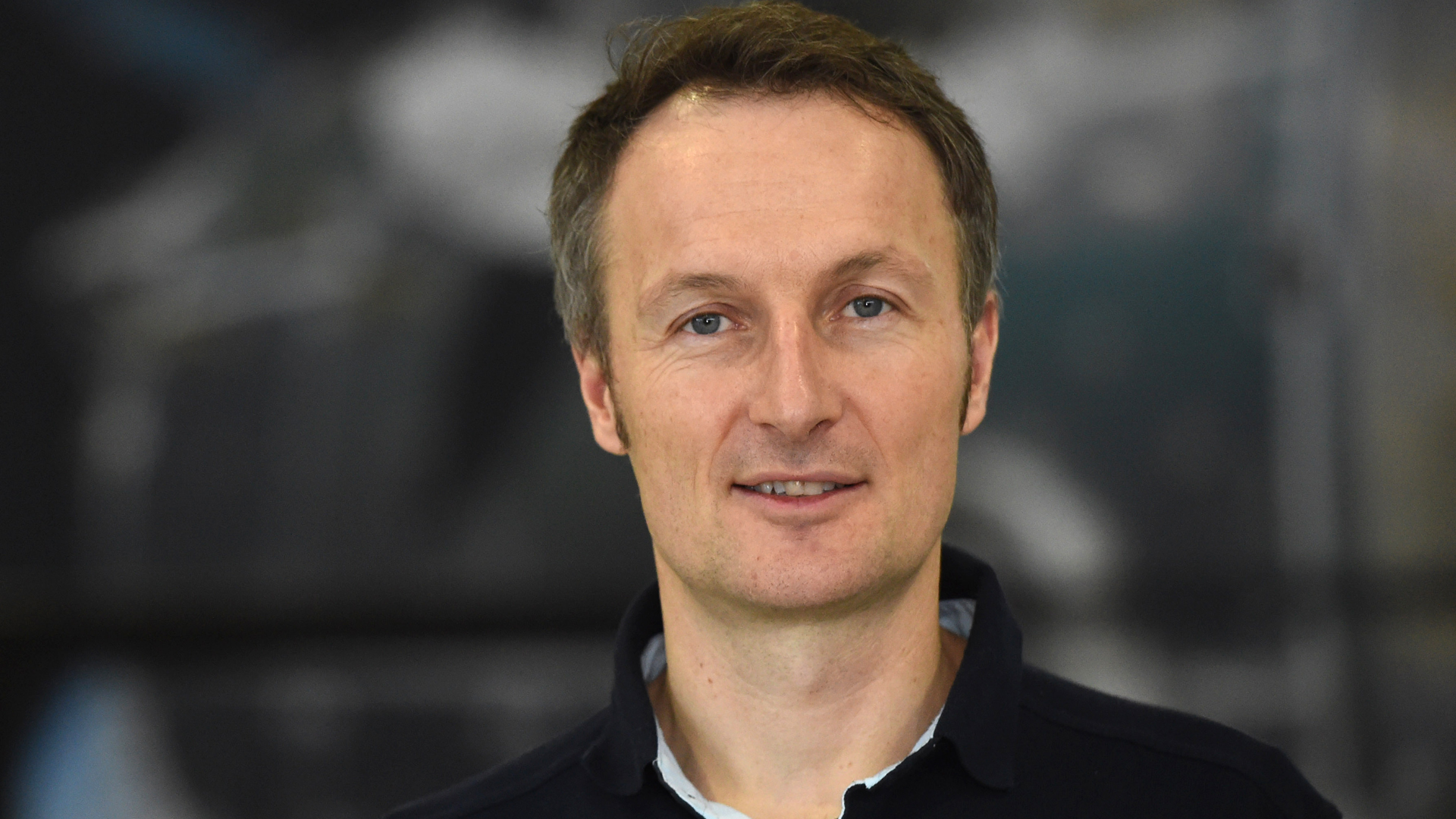What does a European’s first space flight with a commercial capsule mean? ESA astronaut Matthias Maurer, who is due to fly to the ISS in the fall, is concerned that Europe will be overtaken in terms of development.
tagesschau.de: Where are you now and from where will you follow the start of your ESA colleague Thomas Pesquet? Matthias Maurer: I was actually hoping that I would be able to watch the start live at Cape Canaveral in Florida. But my training plan is so tight that I have to continue training in Houston. So I’m watching the start from the control center in Houston. I have access to all radio links there. That means: My crew and I will closely monitor how the radio connection is running in the last few hours before the start. And we take that with us as an active learning unit. I’ll be here in Houston until the fall. Then I should go to the ISS myself.
 To person Matthias Maurer has made a name for himself with research in materials science and technology. He has been a member of the European Astronaut Corps since 2015. In autumn 2021, he will be the twelfth German to fly into space.
To person Matthias Maurer has made a name for himself with research in materials science and technology. He has been a member of the European Astronaut Corps since 2015. In autumn 2021, he will be the twelfth German to fly into space.
“We can’t just watch that”
tagesschau.de: Thomas Pesquet’s start is special in several respects: For the first time in ten years, a European is flying from American soil into space – and with a commercial provider. Bricklayer: Yes exactly. No European has launched into space from the USA since 2011; the last was the Italian ESA astronaut Roberto Vittori on board the NASA space shuttle. Now it’s Thomas Pesquet, aboard a commercial capsule. We are now seeing that companies, i.e. commercial providers, are able to send astronauts into space. I think that should be a wake-up call for us in Europe too. If companies in the US are able to master this technology, then we as Europe should get on with it. tagesschau.de: Is Europe just being left behind? Bricklayer: We see around the world that a lot of nations are working on it, and I am a little concerned that we as Europeans will be overtaken. India will send its own astronauts with their own capsule into space for the first time in 2022. The Chinese already have this technology, are even building their own space station, and we are seeing several companies in the USA. SpaceX is one of the companies, Boeing is a second company, Blue Origin is in the starting blocks and will soon fly people suborbitally. I think we can’t just watch that. We also have to react in Europe.
“Europe’s billionaires would rather invest in art than in space”
tagesschau.de: The ESA has its own astronautical space program, but not its own transport system to bring astronauts into space. Are there no commercial partners? Somebody like Elon Musk, the founder of SpaceX, is of course also a godsend for US space travel, right? Bricklayer: You’re right. Elon Musk is not someone who acts like a normal company owner and says: I’m building rockets now because that’s a solid business model. He says: I’m excited about the idea. I want to fly people towards Mars, and I am willing to use my own capital to do so. But he’s not the only one, there is a second actor, that is the founder of Amazon, Jeff Bezos with the company Blue Origin. These are actors in the US – billionaires – who are passionate about space travel. I think the billionaires in Europe would rather invest in art than in space. But of course that is also a personal decision. tagesschau.de: Let’s get to your SpaceX flight this fall. What are you still training until then? Bricklayer: In the last six months before the start, you practice a lot of the experiments that you are going to carry out. But of course I also train how the Crew Dragon capsule works exactly. For example, survival training is required here if the capsule lands in the water. Under normal conditions, we land at a point that is precisely defined. Then rescue teams come and pull the capsule on board a ship. But in extreme cases we could end up in places where there are no rescue teams. Then we may have to hold out for up to 48 hours on the high seas and wait for us to be rescued. tagesschau.de: When you fly to the ISS, your colleague Thomas Pesquet will still be there. Then there is, so to speak, a European flat share in space. Bricklayer: I’m really looking forward to meeting Thomas Pesquet in space. He will then be the commander of the ISS and I will be a newcomer. He can then familiarize me with the European Columbus module, our science laboratory. He will show me the ISS and then explain what exactly works and how. We still have a few differences between the training modules here on the ground and the version in space. My start is expected on October 23rd. We may have an overlap of five to ten days. That’s because we’re flying to the ISS with four people in the SpaceX capsule. There are already seven people on the ISS. When we get to it, we’ll be eleven. The station is actually not designed for continuous operation with eleven people. It starts with the fact that we may not have enough toilets and sleeping cabins. The overlapping phase is therefore limited to a few days. The interview was conducted by Ute Spangenberger, SWR





























































You must log in to post a comment.